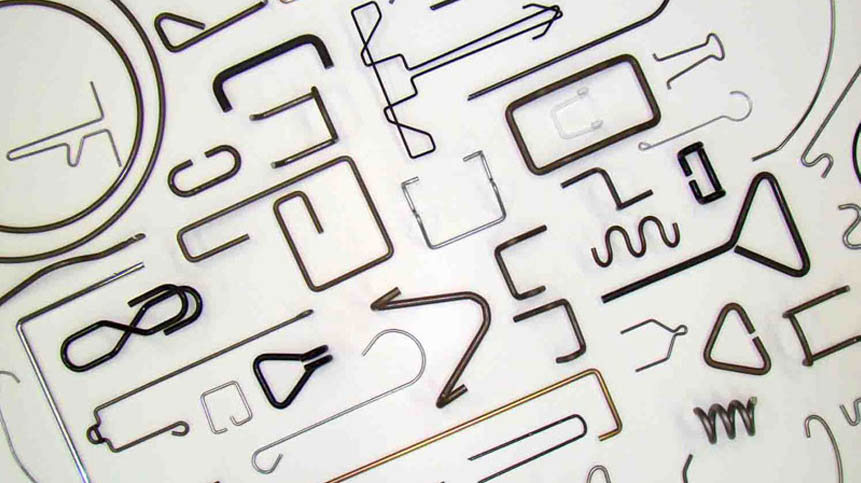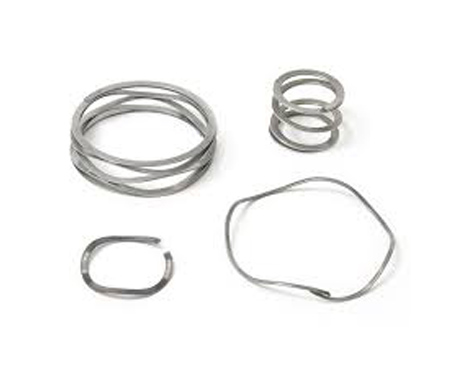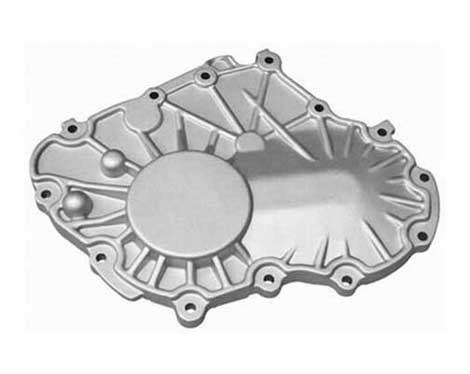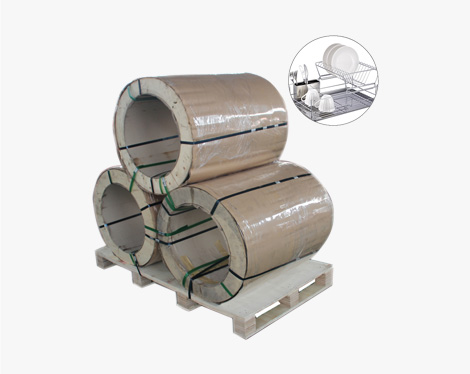1. What is torsion spring?
Torsion springs are made of steel due to their stiffness, of which the most common materials are hard drawn steel, stainless steel, music wire and spring steel. Certain kinds of high-strength plastics are used when lightweight springs are required. The main characteristic of heavy duty double torsion spring is their very tight winding, which is necessary to generate torque.
2. The application of torsion spring
Clothespins and Clipboards: Clothespins are the simplest application of torsion springs. Once finger pressure is released, the torsion spring causes the prongs of the clothespin to open and grip the fabric. The same mechanism works for clipboard clips.
Spring Hinge: A spring-loaded hinge has a torsion spring inserted through the joint, with the legs of the torsion spring attached to a rectangular plate. Custom double torsion springs provide an automatic closing mechanism on residential, commercial, automotive, agricultural vehicles, and garage doors and compartments once the force applied to the door is released. Thus, the door remains closed once when not in use. The springs in the hinges can be configured so that the door is held statically to stay open.
Clock Spring: A clock spring or main spring is a helically wound torsion spring. This type of spring is known to provide a constant force output, and it can produce large angular deflections of many turns with little variation in torque. Clock springs are available in square, rectangular and D-shaped inner diameters.
Mechanical watches are a popular application for clock springs. The clockspring stores energy as it is turned by the knob. The energy stored in the clock spring moves the clock's wheels when the clock is unwound until the next winding is required. This application is suitable for the operation of clocks, watches, timers, metronomes, wind-up toys and music boxes.
Clock Springs in Vehicles: Clock springs are often located inside the steering mechanism of a car, specifically between the steering wheel and the steering column. It maintains all electrical connections to the airbag, horn, radio and steering electrical systems connected to the steering wheel. Clock springs allow the steering wheel to be turned multiple times in different directions without damaging the wires of these systems. As the steering wheel is rotated, the helical winding of the clockspring will coil or unwind around the disc. If these wires are not supported by the clock springs, they will become tangled and damaged when operating the steering wheel.
Other names for clock springs in vehicles are helical cable, spiral coil spring unit, coil assembly, cable drum assembly, contact drum, and air bag clock spring (for vehicles equipped with air bags). Despite multiple names, the function of clock springs is the same in all vehicles.
Torsion Bar Suspension: A torsion bar suspension is a torsion bar used in automobiles that supports the trailing arms when lateral or vertical forces are applied to the wheels. In this case, the torsion bar is twisted about its axis to avoid deflection of the trailing arm.


 English
English 

